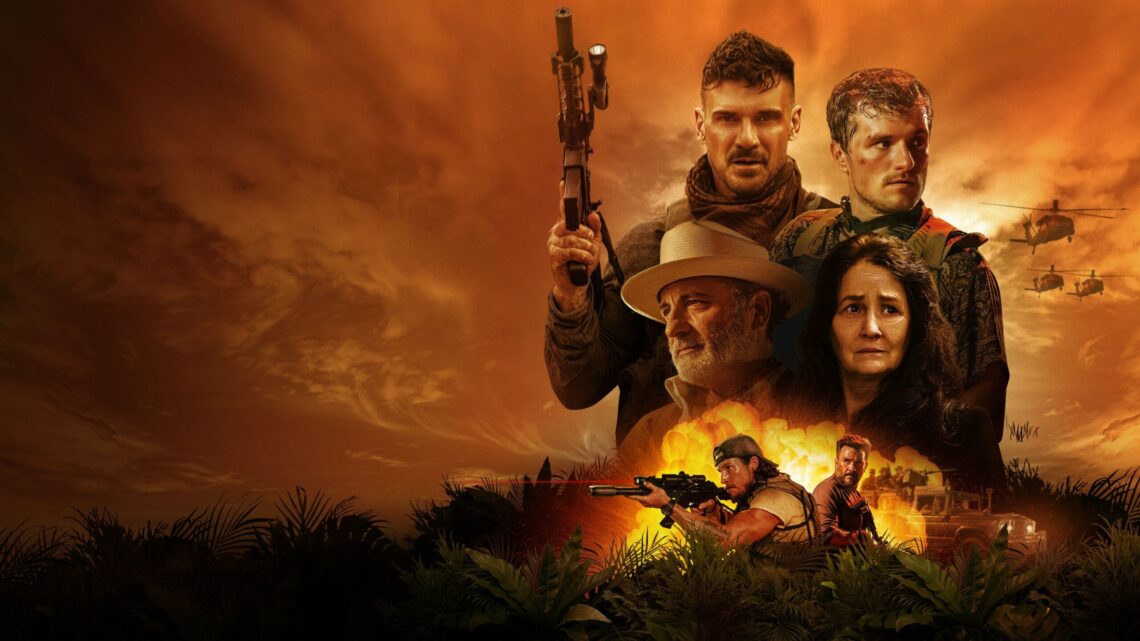Introduction to Long Gone Heroes?
long gone heroes In every corner of history, there are individuals whose bravery, wisdom, or sacrifices once inspired entire nations—but today, their names barely whisper through the pages of dusty old books. These are the long gone heroes. They could be soldiers, scientists, activists, artists, or even everyday citizens who stepped up in extraordinary ways. While we often glorify well-known figures like Napoleon or Martin Luther King Jr., many equally deserving heroes have faded from collective memory.
The term “long gone heroes” doesn’t just refer to the passage of time. It also points to the collective forgetfulness of society—how we often focus on trending names while countless unsung legends lie in obscurity. Their stories matter not only for the sake of history but because they serve as powerful reminders of human potential in times of chaos and calm alike.
Whether it’s a resistance fighter from World War II, a pioneering female scientist overlooked because of her gender, or a tribal chief who kept peace through diplomacy—these figures contributed immensely to the world we know today. In this article, we’ll explore what it means to be a long gone hero, why they fade away, and why remembering them is more important now than ever.
The Silent Architects of Change
While the pages of long gone heroes history often spotlight a few shining stars, the fabric of our world has been shaped by countless unknown figures working behind the scenes. These are the silent architects of change—the nurses in war zones, the indigenous leaders who resisted colonization without violence, or the whistleblowers who sacrificed everything for truth.
One poignant example is Chiune Sugihara, a Japanese diplomat who defied his government’s orders during World War II and issued thousands of visas to Jewish refugees. He saved lives, but his name is still relatively unknown outside of history circles. His actions were heroic, but because they weren’t politically celebrated at the time, they faded into obscurity.
Similarly, Sybil Ludington, often dubbed the female Paul Revere, rode twice the distance Revere did during the American Revolution to warn militia forces. Her legacy was overshadowed by the mythologized male counterpart, and only now is her name starting to resurface in educational materials.
These stories are not just historical curiosities—they reflect a greater truth about how history is recorded and remembered. It’s often the loudest, most visible figures who get the credit, while those operating in the margins are overlooked. That’s why it’s vital to actively seek out and honor these long gone heroes.

Why Do We Forget?
The question naturally long gone heroes arises: why do some heroes remain eternal in our minds, while others fade into silence? The answer isn’t simple—it’s tangled in a web of politics, cultural narratives, education systems, and even popular media.
History is often written by the long gone heroes victors. That means many voices—especially those of marginalized communities—get left out. A Black female mathematician who helped land Apollo 11 on the moon, like Katherine Johnson, remained unknown to the general public until recent portrayals brought her story to light. For decades, she was a long gone hero hiding in plain sight.
Another factor is the passage of time itself. As generations come and go, oral traditions weaken, and unless someone takes active steps to preserve a legacy, even significant contributions can be forgotten. In societies where written records weren’t prioritized, entire lineages of heroes are lost to time.
Moreover, the modern obsession with virality and media attention has changed how we remember people. Today, a heroic act might be remembered more if it’s caught on video than if it quietly saves hundreds of lives without fanfare. This tendency to reward spectacle over substance is a key reason why many deserving heroes go unnoticed.
Rediscovering Forgotten Valor: Case Studies
Let’s look at a few more detailed case studies of long gone heroes across different cultures and timelines—figures whose stories deserve much more attention.
1. Sophie Scholl – Germany
Sophie Scholl was a 21-year-old German student who led the non-violent White Rose resistance group during Hitler’s regime. She distributed leaflets long gone heroes exposing Nazi atrocities and calling for passive resistance. She was executed in 1943 but remained virtually unknown outside Germany for decades. Her story is now gaining traction as a symbol of youthful bravery and moral conviction.
2. Alluri Sitarama Raju – India
During the 1920s, Raju led a tribal uprising against British colonial rule in India. He used guerrilla tactics and gained mass support from tribal communities but was ultimately captured and killed. His contributions to India’s freedom struggle have largely been overshadowed by more urban-centric independence leaders.
3. Mary Anning – United Kingdom
A 19th-century paleontologist who made critical fossil discoveries, Anning was ignored in scientific circles due to her gender and class. It’s only in recent years that historians have begun recognizing her pivotal role in paleontology. The saying “She sells seashells by the seashore” is allegedly inspired by her.
These cases illustrate how long gone heroes span continents, causes, and centuries—and how many still await their moment of recognition.
How to Keep Their Legacy Alive
Remembering long gone heroes isn’t just an exercise in nostalgia—it’s a call to enrich our present and future. So how can we keep their legacies alive?
- Education Reform: Curriculums need to move beyond surface-level history. Including diverse voices and untold stories helps paint a fuller picture of our past.
- Digital Archives and Storytelling: Websites, podcasts, and YouTube channels dedicated to unsung heroes are doing valuable work. Crowdsourced platforms can help bring community legends into the spotlight.
- Local Celebrations: Statues, murals, or naming buildings after lesser-known figures can solidify their place in cultural memory. Even a community theater play or school project can make a difference.
- Social Media Awareness: Sharing stories of long gone heroes on platforms like X (formerly Twitter), Instagram, and TikTok can reach younger generations who may never hear these names in school.
The more ways we have to pass down their stories, the better chance we have of preserving the values they stood for—courage, integrity, and selflessness.
The Relevance of Long Gone Heroes Today
In today’s chaotic world, filled with political division, technological overload, and fleeting trends, the idea of heroism can feel distant. But it’s never been more relevant. Long gone heroes remind us that even in the darkest times, there were people who chose principle over comfort, action over apathy, and courage over fear.
Their stories offer a blueprint for what quiet, determined change looks like. They show us that heroism isn’t about recognition or fame—it’s about doing what’s right, even when no one is watching. In an age where every action is broadcast and “likes” long gone heroes often outweigh substance, these stories are a grounding force.
Moreover, they can inspire modern activism, community leadership, and innovation. Just as these forgotten figures shaped their worlds, we too have the power to leave a legacy—one that may or may not be remembered, but that nonetheless makes an impact.
Conclusion:
The concept of “long gone heroes” isn’t just about history—it’s about values. It’s about honoring the quiet strength, the tireless dedication, and the unwavering belief in doing good, even in the face of oblivion. These are the people who paved paths so others could walk in peace, who stood tall when it was easier to kneel, and who gave all without expecting anything in return.
It’s our duty to bring their stories out of the shadows—not just to give them the honor they deserve, but to remind ourselves of the kind of people we should strive to be. So let’s remember them. Let’s talk about them. And let’s make sure the heroes of tomorrow don’t become the forgotten names of yesterday.





